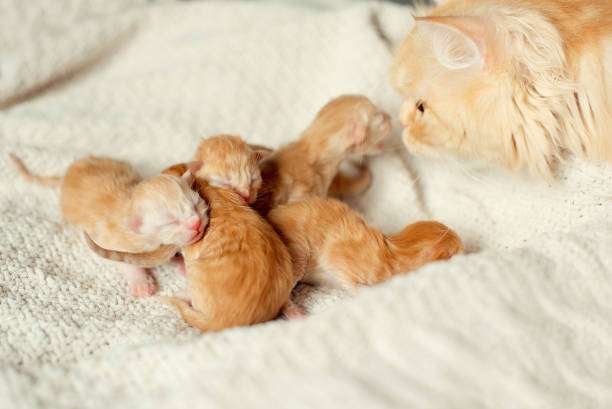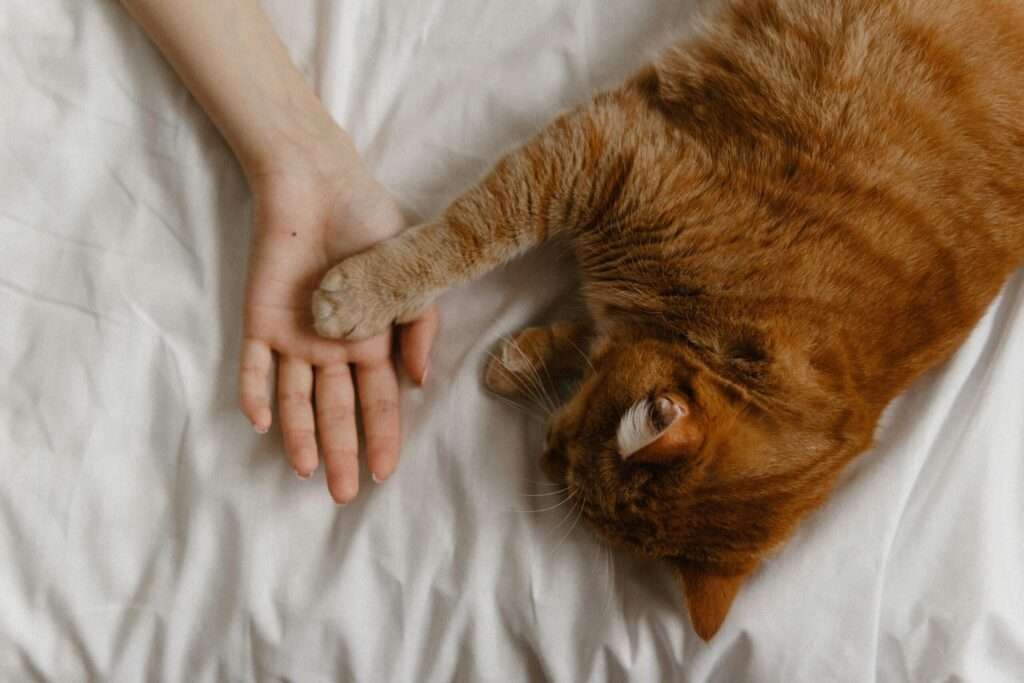Table of Contents
ToggleDid you know that Persian cats are the most popular breed worldwide? I didn’t either! So why are they so famous?When it comes to their appearance, you’ll immediately notice Persian cats look different from all other breeds. That’s mainly due to their flat faces and shortened muzzles. There are actually two types of Persian cats: the traditional or doll-faced Persians and the peke-faced or extreme Persians. The extreme style has the forehead, nose, and chin in vertical alignment. Today we will be taking about top 5 persian cat breeds.
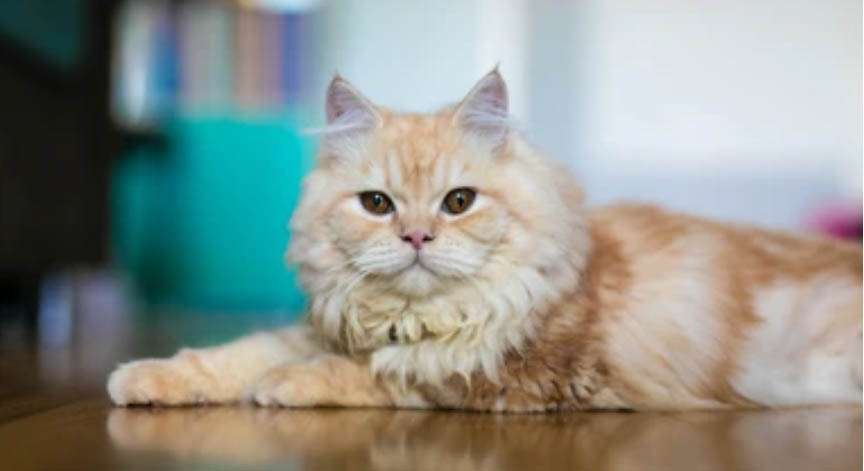
1.Doll Face Persian
The Doll Face Persian, also known as Traditional Persian, boasts a rich history dating back centuries. These long-haired beauties with their distinctive round faces trace their origins to the early 1620s, when they were imported to Italy from Persia, now Iran.
Retaining their original charm, Doll Face Persians remained unchanged until the late 19th century when English breeders began to refine their characteristics. However, it was only after World War II that American breeders were instrumental in transforming them into the modern flat-faced version that some perceive as an entirely new breed.
Persian cats exhibit a decent level of playfulness, particularly in their younger years. However, as they mature, this trait tends to diminish. While they may not require as much playtime in their later years, engaging them in play sessions during their youth is beneficial. Otherwise, they may become restless at night or curious about exploring areas they shouldn’t.
In terms of intelligence, Persians are known to be somewhat slow learners compared to other cat breeds. Teaching them basic tasks such as using a litterbox may require extra patience and time investment. It’s important to allocate sufficient time and effort to guide them through these simple tasks effectively.
Most cats manage their own grooming, but Persian cats are different. You will need to brush and groom them regularly to keep their fur healthy.
Irresistible Qualities of the Doll Face Persian: Why You Should Consider Owning One
Good breed history and No Genetical Health issues
Unlike some other types of Persian cats, Doll Face Persians are generally healthy. Their normal length noses help prevent many health problems commonly found in Persian cats. If you want a Persian cat with fewer health concerns than other breeds, a Doll Face Persian may be the best choice.
While cats generally tend to their own grooming needs, the Persian cat is an exception. Regular grooming and brushing is essential to maintain the health and appearance of their coat.
Bonding with human
Although Doll Face Persians are generally affectionate with everyone, they may not be an ideal choice for families with young children. They often struggle to tolerate the energetic and noisy nature of children, which can make them feel anxious.
However, they thrive in families with older children. Doll Face Persians enjoy being held and petted and have lots of love to share. They happily go from house to house, hugging everyone in the family.
Adaptability with Other Pets
Raised with other pets from a young age, Doll Face Persians usually display affectionate and compassionate behavior towards a variety of animals. They are usually organized and fearless with dogs, able to establish their presence with confidence. However, they do not tolerate overly energetic puppies well, preferring more calm and relaxed companions.
Despite their gentle nature, they still retain some of the instinctive hunting instincts common in cats. They can chase small pets, posing a risk of injury. Therefore, keeping them away from rodents and other small animals is crucial for everyone’s safety.

Peke Face Persian
Peke-faced cat pedigrees date back to the 1930s, emerging as a spontaneous form of the standard Persian litter, particularly Reds. Their unique appearance quickly attracted attention in America and Canada, earning them recognition and awards at prestigious cat shows.
Despite their popularity across the Atlantic, the peck-faced breed never established a significant presence in Europe, perhaps due to its distinctive features and associated abnormalities.
Known for its calm demeanor, the peck-faced cat rarely finds itself in mischief. It thrives in a quiet environment and enjoys spending free time while sitting on the sofa or sleeping. Still, this breed has a warm and affectionate nature, valuing both giving and receiving love. Although it can form a strong bond with one family member, it is friendly and welcoming to other family members and guests.
Due to its preference for solitude, the peck-faced cat usually prefers to be the only pet in the family. However, its unique facial structure predisposes it to various medical problems. Blocked tear ducts, which cause watery eyes, and difficulty breathing due to narrowed nasal passages are common concerns. In addition, its closed mouth often presents with a weak bite, and these health problems can worsen as the cat ages.

Chinchilla Longhair Persian
Selectively bred from Persian cats for their coloration since the late 1800s, the chinchilla takes its name from the super soft-furred chinchilla rat, known for its thick white fur with black undertones, giving the animal a striking silvery appearance.
Calm and peaceful, the chinchilla is not a very active cat, nor is it particularly demanding. They are very loyal and affectionate with their owners, and enjoy company. Chinchilla cats don’t like much exercise and can become lethargic. They need some encouragement to play and move and, if you’re thinking of leaving your cat home alone, they may not cope well – especially if it’s for long periods of time. However, they will get along well with other household pets if properly raised and socialized in adulthood.
Chinchillas require daily cat grooming to keep their long flowing coats free of mats and knots. Failure to keep the coat tangle free may require the cat to be clipped and the coat allowed to grow back. Chinchillas tend to have runny eyes and will need regular cleaning around the corners of the eyes and around the nose. The underside of the tail and the underparts tend to become soiled with faeces and care needs to be taken to keep this area scrupulously clean to avoid stains and uncomfortable lumps.
Keep in mind that a greasy coat may be evidence that your cat is no longer trying to escape, which may indicate poor or failing health. Like all cats, chinchilla cats benefit from regular vaccinations, parasite control and an annual veterinary health check.
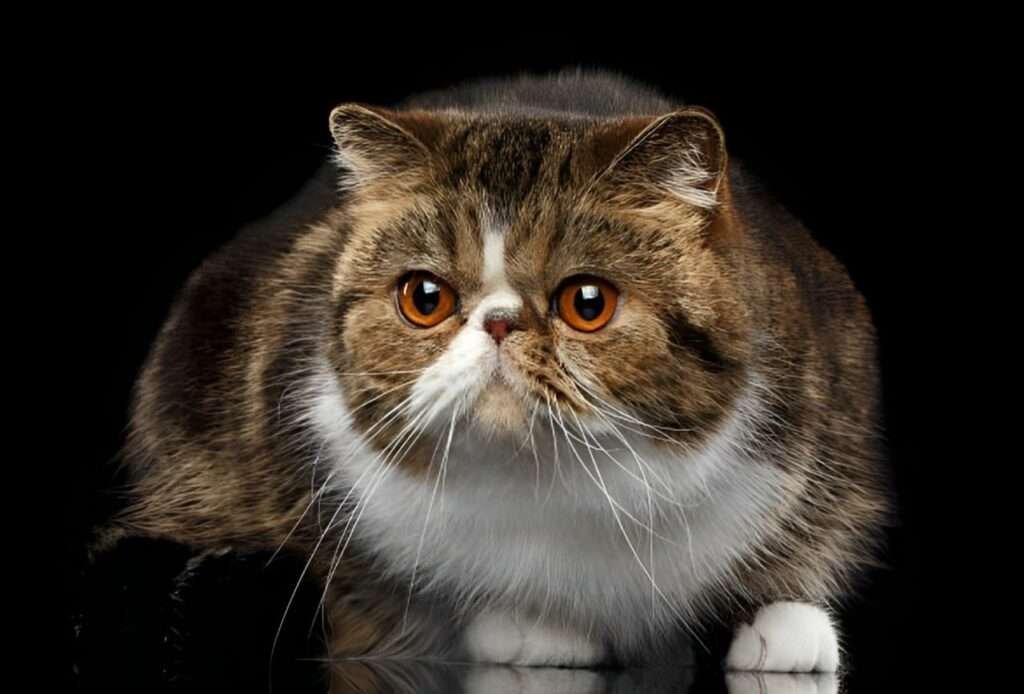
Exotic shorthair Persian
Persian cats were – and still are – among the most coveted felines in history. Inspired by the breed’s popularity, American Shorthair breeders began mixing Persian, Burmese, and Russian Blues into their American Shorthair lines sometime in the 1950s. They hoped to recreate the Persian beauty in the American Shorthair.
Although the first litters of Persian-American Shorthair kittens did not look exactly like the Persians, they retained some of the original characteristics – such as round faces, small noses and large, round eyes. But they had a shorter, more plush coat. Many breeders then bred these kittens with Persians to further develop the exotic shorthair breed.
As the breed grew in popularity—and the gene pool expanded—fewer breeders shortened Burmese and Russian blues in their breeding programs to achieve shorter, plusher coats. Eventually, the Cat Fanciers Association began limiting the number of outcrosses allowed to purebred exotic shorthairs. In 1987, they banned exotic shorthair outcrosses entirely, allowing them to breed only with Persians.
This breed has been a favorite for years, even entering pop culture. An exotic shorthair cat played a role in the television series “New Girl” and although Garfield’s exact breed is unknown, the cartoon has characteristics similar to the exotic shorthair.
Exotic shorthairs have lower energy levels than many other cats, so they can thrive in a variety of households and don’t require a lot of active interaction or stimulation. Also, these cats tend to be a bit standoffish around strangers.
The exotic shorthair’s sweet, relaxed and playful personality is a mix of the Persian and American shorthair. Combine that with their low-maintenance grooming and exercise needs, and it’s the perfect pick for first-time cat owners and furry families.
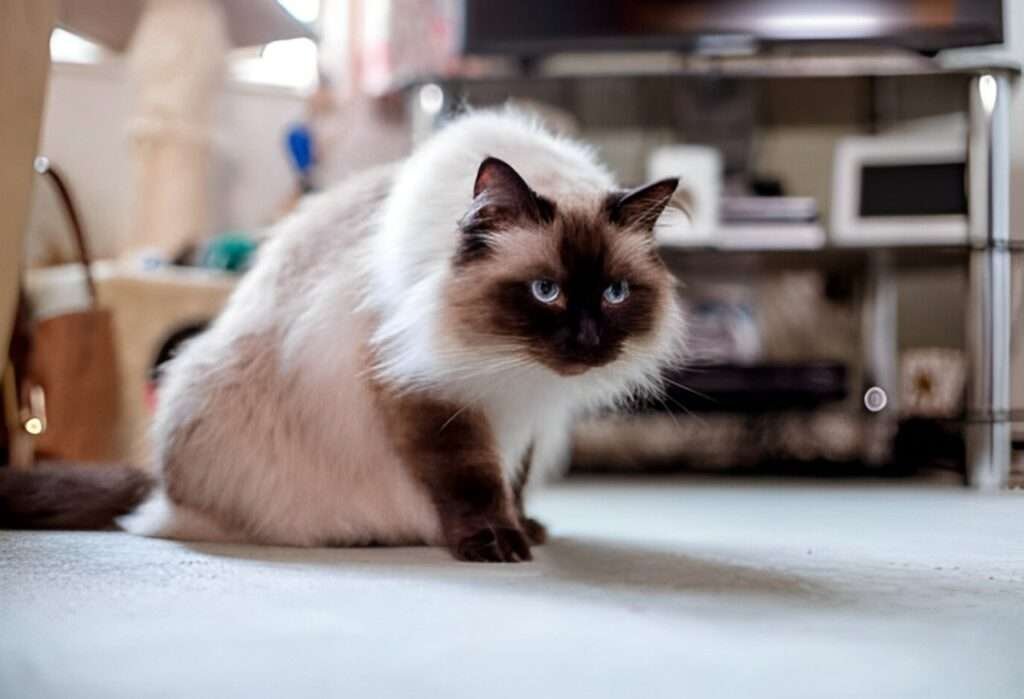
Himalyan Persian
Unlike many mixed breeds, the history of the Himalayan cat follows a relatively straightforward path. It all begins with the Persian cat, which can trace its lineage back to long-haired cats documented by Persian ancestors. These cats were introduced to Italy around 1620 and later made their way to France before spreading across Britain.
Over time, Persian cats evolved from their early ancestors and underwent significant changes. Interestingly, during this period, the Himalayan breed had not yet come into existence.
The idea of mixing the elegance of the Persian with the fine pattern of the Siamese has long intrigued breeders. In the early 1930s, efforts led by Marguerite Garforth, Virginia Cobb, and Dr. Clyde Keeler in the United States resulted in the Persian cat with colored points known as the Himalayan. Following a visit by British breeders to the United States in 1935, a breeding program to develop the Himalayan also began in England, although it was interrupted before resuming during World War II.
In the mid-1950s, the Himalayan breed gained recognition, with the first United States Champion, Goforth’s Lachiquita, earning accolades from the American Cat Fancier’s Association. Later, in the 1960s, all major US registries accepted the Himalayan in the show ring.
More recently, some registries in the United States have merged the Himalayan into the Persian category. Although recognized as a fine Persian in these registries, the breed may also be referred to as Persian-Himalayan or Himalayan-Persian or simply Himalayan. In Britain, the breed has always been known as the Colour point Longhair.
These friendly cats make excellent family pets, get along well with other family pets, and tolerate well-behaved children. They thrive on human companionship, eagerly welcoming love and attention. These medium to large cats are especially compatible with children who are gentle with their play and can easily adapt to living with other cats and cat-friendly dogs.


